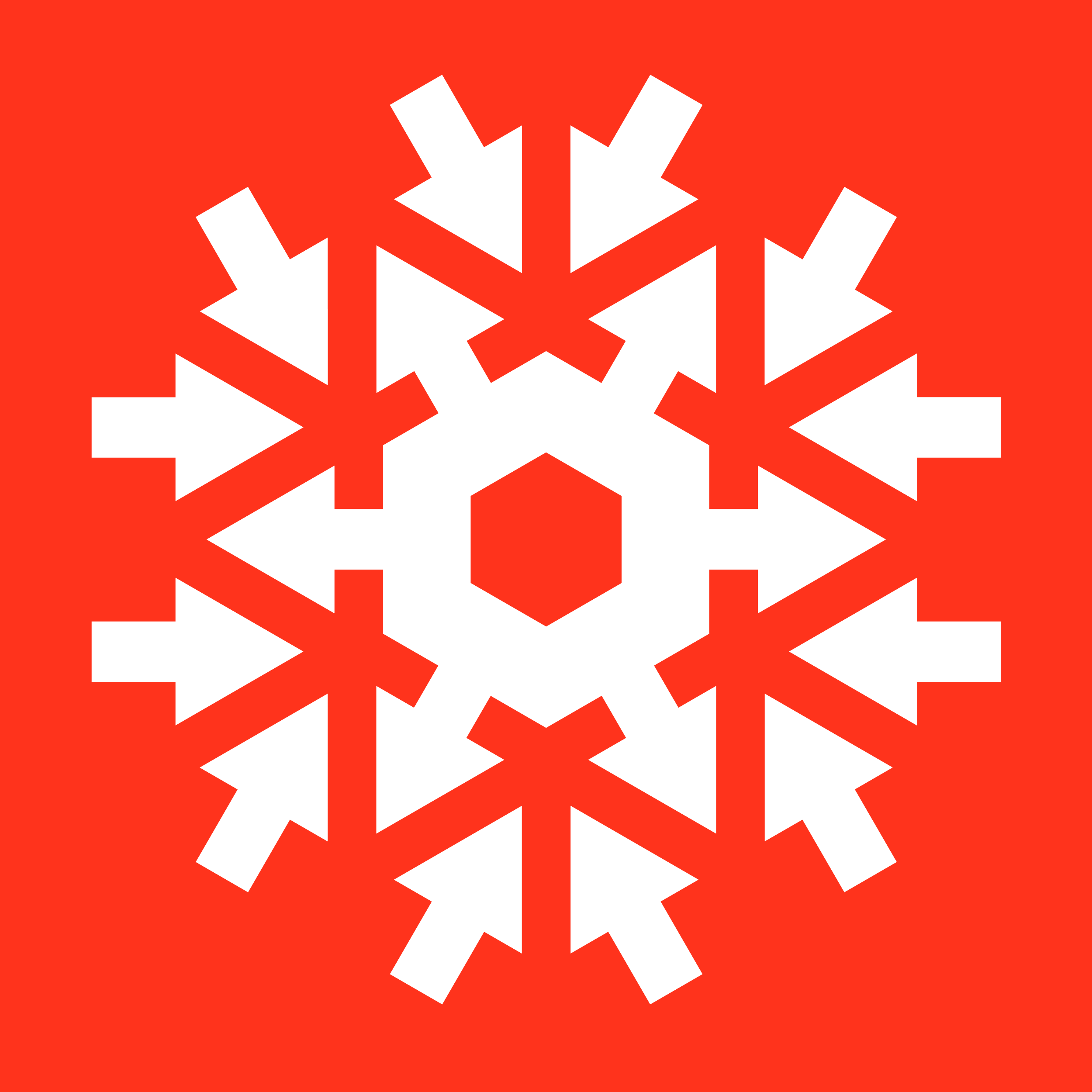NXstage_lab¶
Status:
base class, extends NXobject
Description:
Device which holds, aligns, orients, stimulates a specimen.
Modern stages are multi-functional devices. Many of which offer a controlled environment around (a part) of the specimen and enable experimentalists to apply stimuli. Having an own candidate class is justified as contemporary specimen/sample stages are such multi- purpose/-functional tools with multiple actuators, sensors, components. With such stages comes the need for storing various (meta)data that are generated with manipulating the sample. Modern stages realize a hierarchy of components. For example the specimen might be mounted on a multi-axial tilt rotation holder. This holder is fixed in the support unit which connects the holder to the rest of the microscope. In other examples, taken from atom probe microscopy for instance, researchers may work with wire samples which are clipped into a larger fixing unit for convenience and more careful specimen handling. This fixture unit is known in atom probe jargon as a stub. Stubs in turn are positioned onto pucks. Pucks are then loaded onto carousels. carousel is a carrier unit with which eventually entire sets of specimens can be moved in between parts of the microscope. The NXstage_lab class here reflects two layers of this hierarchy. The stage is the root of the hierarchy. A stage carries the holder. In the case that it is not practical to distinguish these two layers, the holder should be given preference. Applied to examples, a nanoparticle is attached on a copper grid. The copper grid is the holder. The grid itself is fixed to the stage. An atom probe specimen is fixed in a stub. In this case the stub can be considered as the holder, while the cryostat temperature control unit reads more as the stage. A microtip on a microtip array is an example of a three-layer hierarchy commonly employed for efficient sequential processing of atom probe experiments. For a single experiment though only one microtip of the array at a time can be measured. Therefore, the microtip is the specimen, the array the holder and the remaining mounting unit that is attached to the cryo-controller the stage. To cover for an as flexible design of these complex lab-like modern stages, users should nest multiple instances of NXstage_lab objects according to their needs to reflect the differences between what they consider as the holder and what the stage. Similar complex situations are common in advanced electron microscopy. Samples are placed on chips with read-out electronics which act as actuators. The chips are again placed in a larger unit. Other examples are (quasi) in-situ experiments where experimentalists anneal or deform the specimen via e.g. in-situ tensile testing machines which are mounted on the specimen holder.
Symbols:
No symbol table
- Groups cited:
Structure:
design: (optional) NX_CHAR
Principal design of the stage.
Any of these values:
side entry
top entry
single tilt
quick change
multiple specimen
bulk specimen
double tilt
tilt rotate
heating chip
atmosphere chip
electrical-biasing chip
liquid-cell chipname: (optional) NX_CHAR
Given name.
model: (optional) NX_CHAR
Given brand or model name by the manufacturer.
serial_number: (optional) NX_CHAR
Given hardware name/serial number or hash identifier issued by the manufacturer.
manufacturer_name: (optional) NX_CHAR
Given name of the manufacturer.
description: (optional) NX_CHAR
Ideally a link to a (globally persistent) unique identifier which documents or can be used to infer further details of the component. If such a resource is not available, use this field for a free-text description and describe further details to the stage.
TRANSFORMATIONS: (optional) NXtransformations
Set of transformations which describe how the stage-affixed coordinate system is defined and how it has to be transformed so that it aligns with the specimen coordinate system.
POSITIONER: (optional) NXpositioner
Hypertext Anchors¶
Table of hypertext anchors for all groups, fields, attributes, and links defined in this class.
documentation (reST source) anchor |
web page (HTML) anchor |
|---|---|
